On March 14, Lionsgate’s remake of “The Crow,” reimagined by Rupert Sanders, dropped its first trailer and it left me in a state of disappointment.
“The Crow,” comic book published by Caliber Press and written by James O’Barr (J. O’Barr on the comics), hit the comic bookshelves from February 1989-90. It tells the story of the main character Eric, who comes back to life to seek revenge for the wrongful deaths of him and his fiancèe.
O’Barr created The Crow comic with the intention of using it as a platform to mend his grief after the death of his fiancée.
After it reached underground success, the comic was later adapted into a film and premiered on the big screen on May 11, 1994. The film features Brandon Lee and was directed by Alex Proyas. It became a cult classic amongst the goth community and a good example of the once-secluded gothic visual and aesthetic being introduced to a modern audience.
The comic and film directly parallel the author’s life. Eric loses himself and his fiancée to a brutal incident involving street gangsters and O’Barr’s fiancée was killed by a drunk driver.
The comic’s chapters are divided based on song titles from Joy Division’s music catalog, like “Passover.” O’Barr features “The Hanging Garden” from The Cure at the end of the special edition of the graphic novel. This inspired the post-punk soundtrack of the 1994 film, with The Cure writing “Burn” exclusively for “The Crow” and Nine Inch Nails covering Joy Division’s “Dead Souls.”
Not only did it succeed in preserving the original intention of gothic imagery and soundtrack as featured in Caliber Press’ “The Crow” by O’Barr, but the movie also stays true to the original character design of Eric.
In the comic, Eric is dressed in a leather trench coat and boots, over time losing the layers and adapting to utilizing electrical tape around his abdomen to patch himself up after he’s mutilated. However, as long as he isn’t interfering with the living’s personal affairs, he remains invincible through his guardian crow.
In the film, Lee not only transforms himself into the character but immerses the viewer into the emotional venture Draven (Eric Draven in the film) takes to avenge his lover. Upon watching the film, I felt mystified by not only his portrayal of Draven, but also how well he portrays the rage and grief of a man who has lost his greatest love.
The film closely follows the comic with some minor changes, like Draven having an intimate conversation with Officer Albrecht regarding the state of Albretch’s relationship with his wife in the film and the absence of the Skull Cowboy character (who was originally in the film but was cut out).
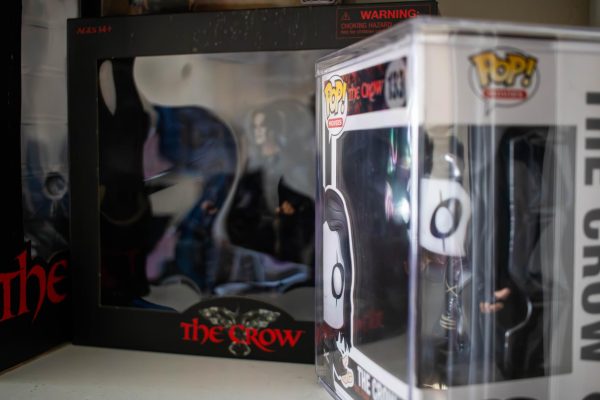
Upon watching the trailer for Sanders’ remake, I was let down.
Bill Skårsgard, who will take the mantle of Eric Draven, doesn’t seem genuine to the work that O’Barr created. Sanders’ version of Eric Draven epitomizes the average look of a Soundcloud rapper: face tattoos, a disheveled mullet and raggedy clothes.
In a recent interview with Vanity Fair, Sanders said that his version is a completely different take on Eric Draven. Yet, it seems foreign to the source material.
Sanders’ version of Draven visibly encompasses the look of deceased rapper Lil Peep, and Post Malone, as he said in an interview with Vanity Fair. But that’s my issue, those two artists are not particularly goth; they’re their own subculture of emo rap.
The reimagining of Draven by Sanders doesn’t exude goth, it exudes “e-boy,” two styles that often get tossed around unknowingly. “E-boy” fashion is a subculture created by Gen Z users of TikTok, referencing the combination of emo, mall-goth and Japanese fashion. In the 1994 film, it was easy to associate Draven with the gothic subculture because of his painted white face and leather style, but also the inclusion of post-punk bands like The Cure and Nine Inch Nails. It was reminiscent of the traditional goth subculture that emerged in the 80s and hid behind the doors of the club, The Batcave.
What irked me the most was the trailer opening with Post Malone and Ozzy Osbourne’s track “Take What You Want,” which doesn’t seem to fall within the realm of dark wave and post-punk the source material provided the fans with, thus failing to capture the gothic essence of the music-based subculture.
While Ozzy is a legend in rock-and-roll and metal communities through his contributions to earlier bands of Black Sabbath and his solo endeavors, he’s not worshiped so much in the gothic realm for his music but rather for his image.
The idea of goth revolves around the music, this is why the new version just seems to completely stray away from the music and head towards a different aesthetic, abandoning why the gothic aesthetic was so important to the character of Eric Draven.
Simply put, I dislike the new character design. It trashes the source, purpose and reason why it resonated with the goth community.
What I will say looks promising is the inclusion of more scenes behind the two lovers, Shelly Webster (Shelly in the comics) and Draven.
FKA Twigs looks to be a promising portrayal of Webster, who was unfortunately not given enough screen time in the 1994 film.
Because of Shelly’s minimal appearance in both the film and comic, Twigs is given the freedom to craft Shelly to her own interpretation, just as long as she wholeheartedly loves Draven as much as his fans do.
Perhaps I’ll have to endure the new appearance of Draven and wait until the actual film comes out to see if the soundtrack at least lives up to the high standards the 1994 film provided us with.
“The Crow” directed by Rupert Sanders premiers in theaters on June 7.




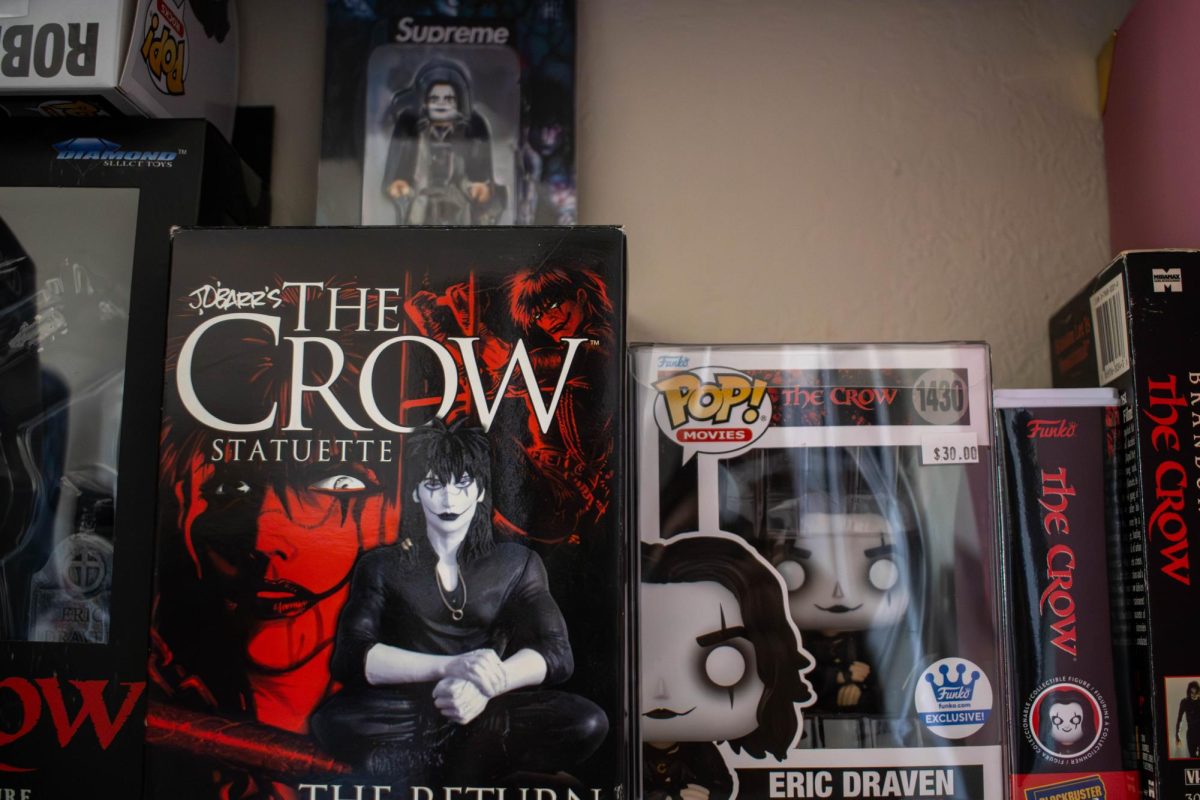
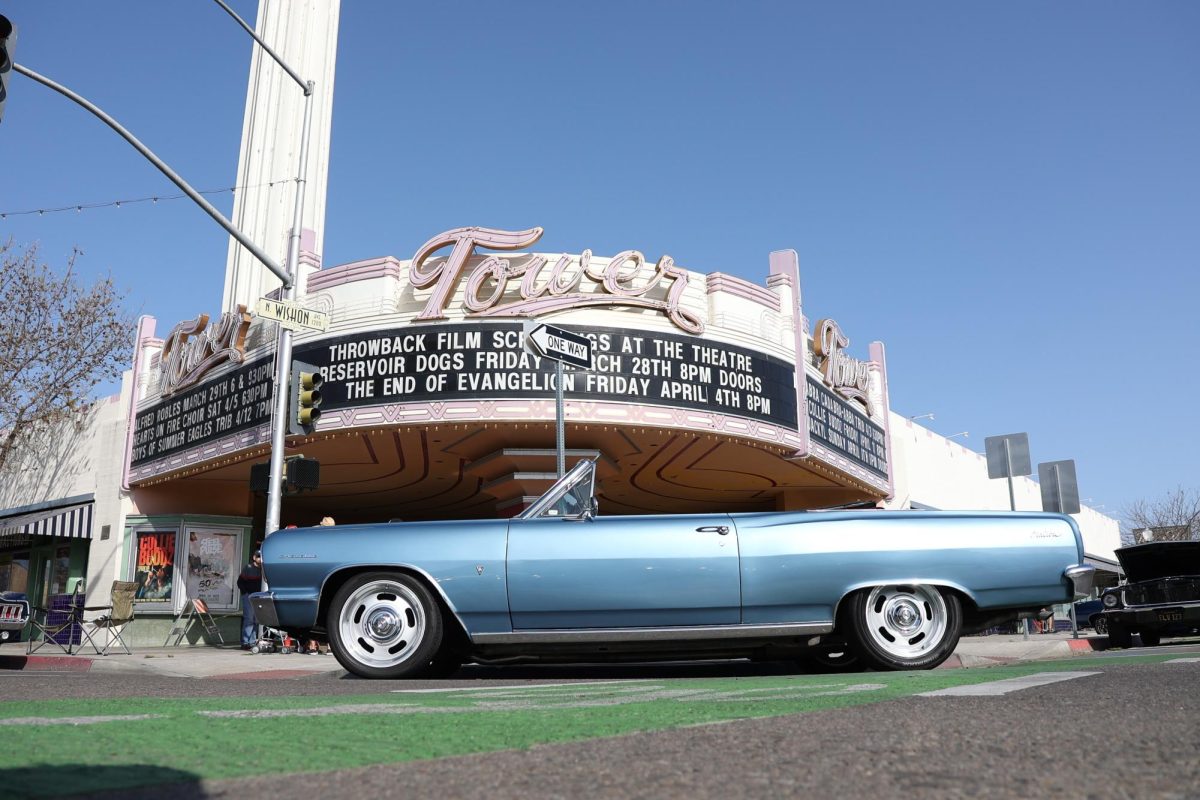



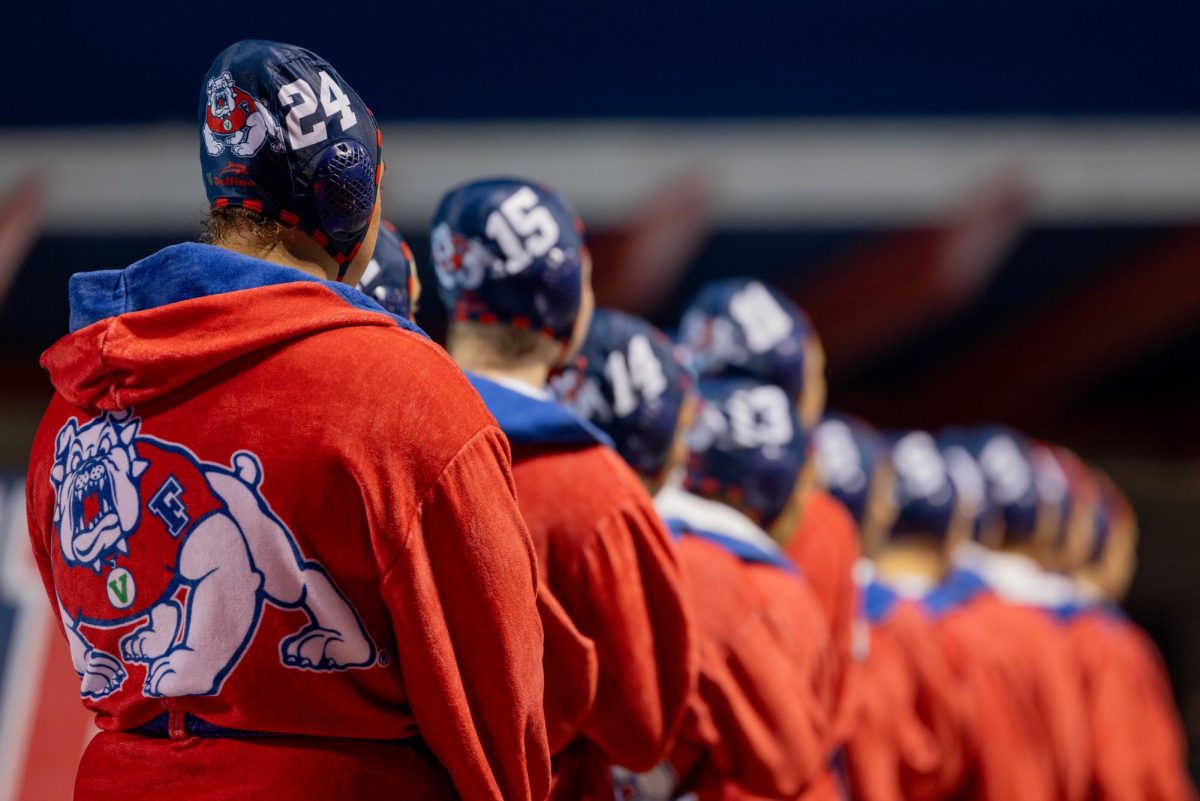

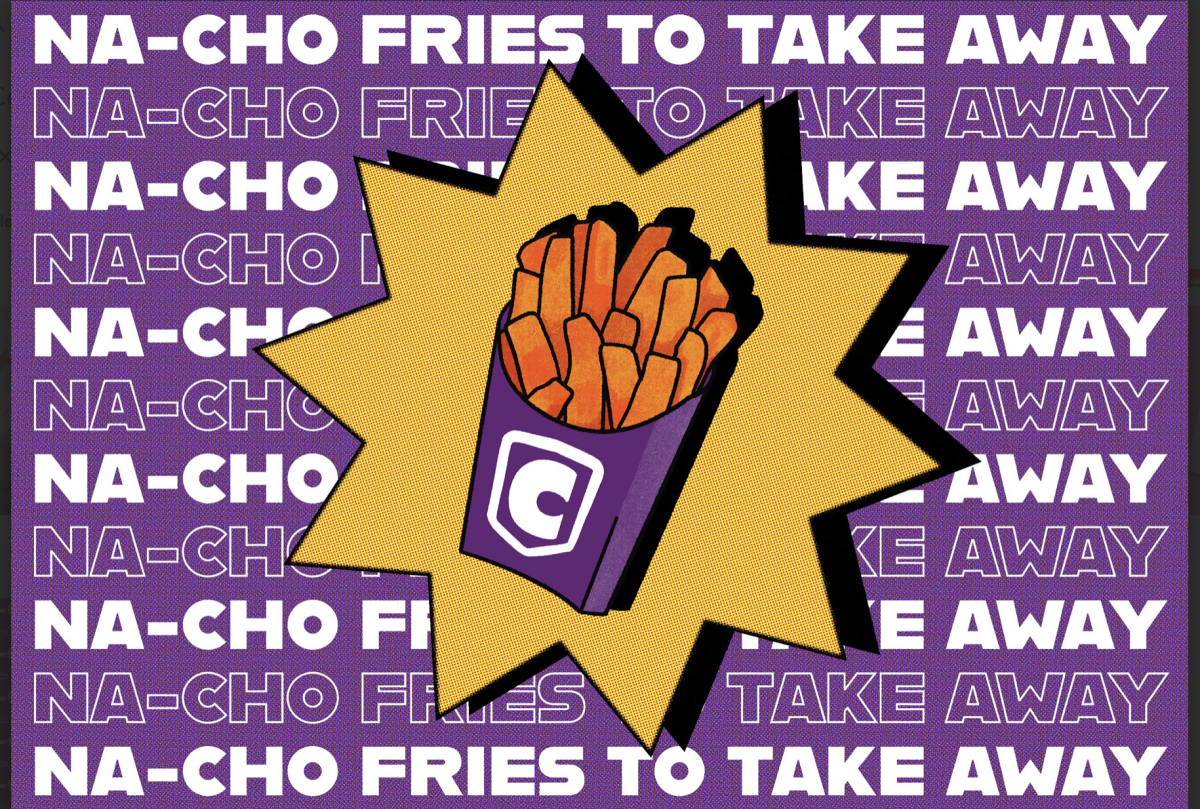
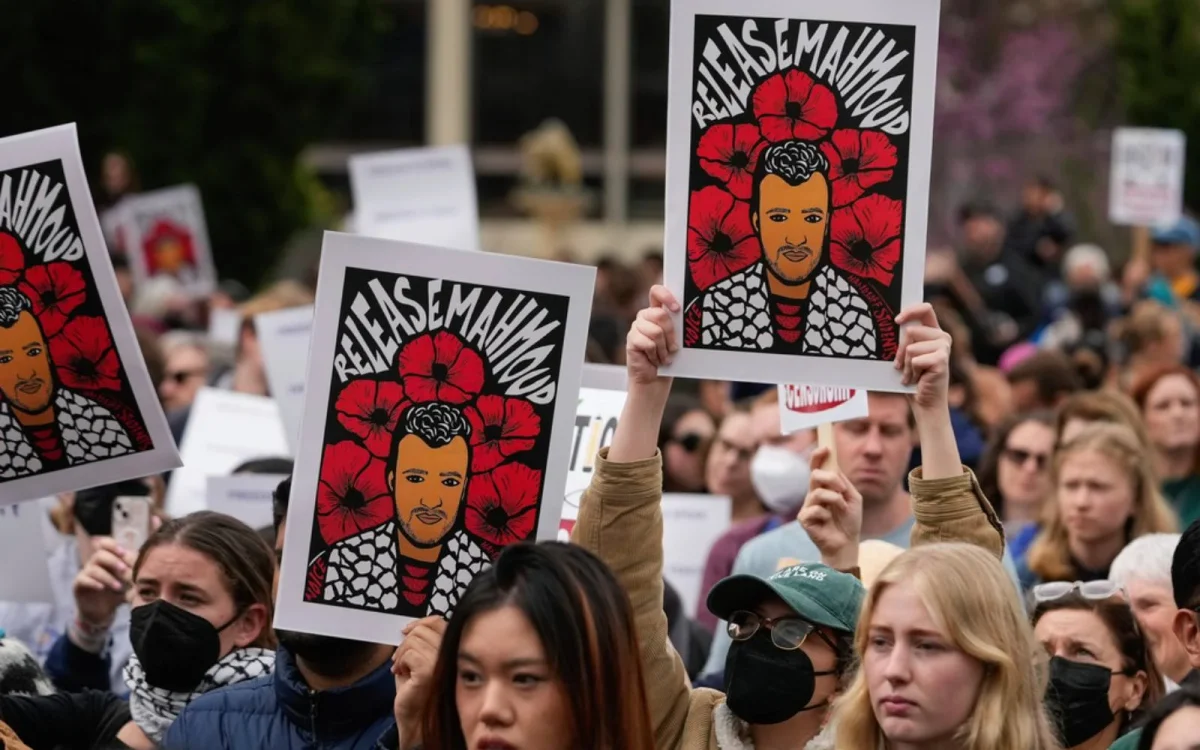




The Cat • Aug 24, 2024 at 2:17 am
More intereting is that o’barr was involved with this movie and his influence kinda involved elements from the other incarnations of The Crow
AK • Apr 9, 2024 at 1:01 pm
My only issue, is that there are so many untouched Crow novels and series, some poorly conceived sequels. Why remake the Draven story?